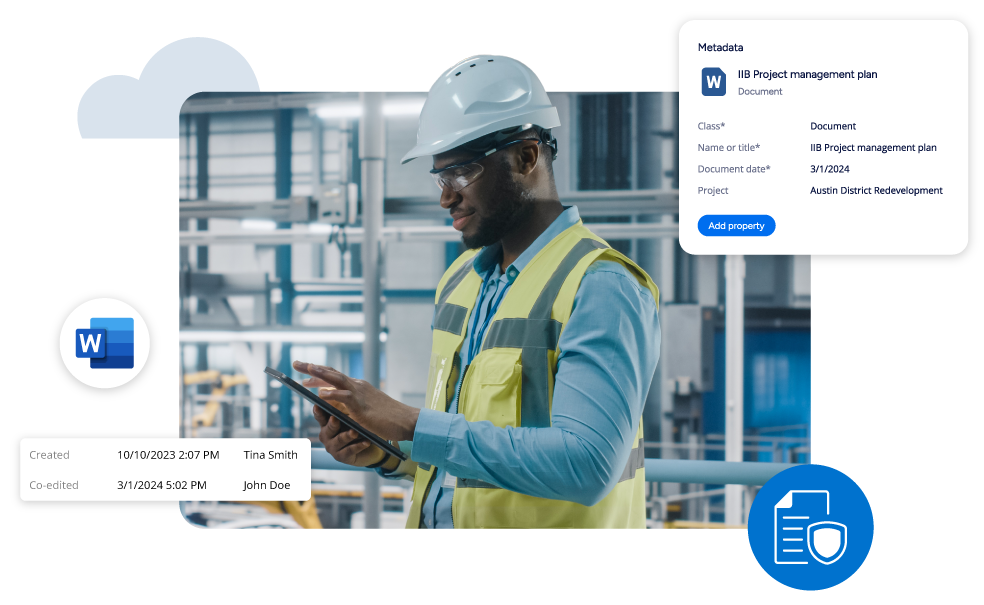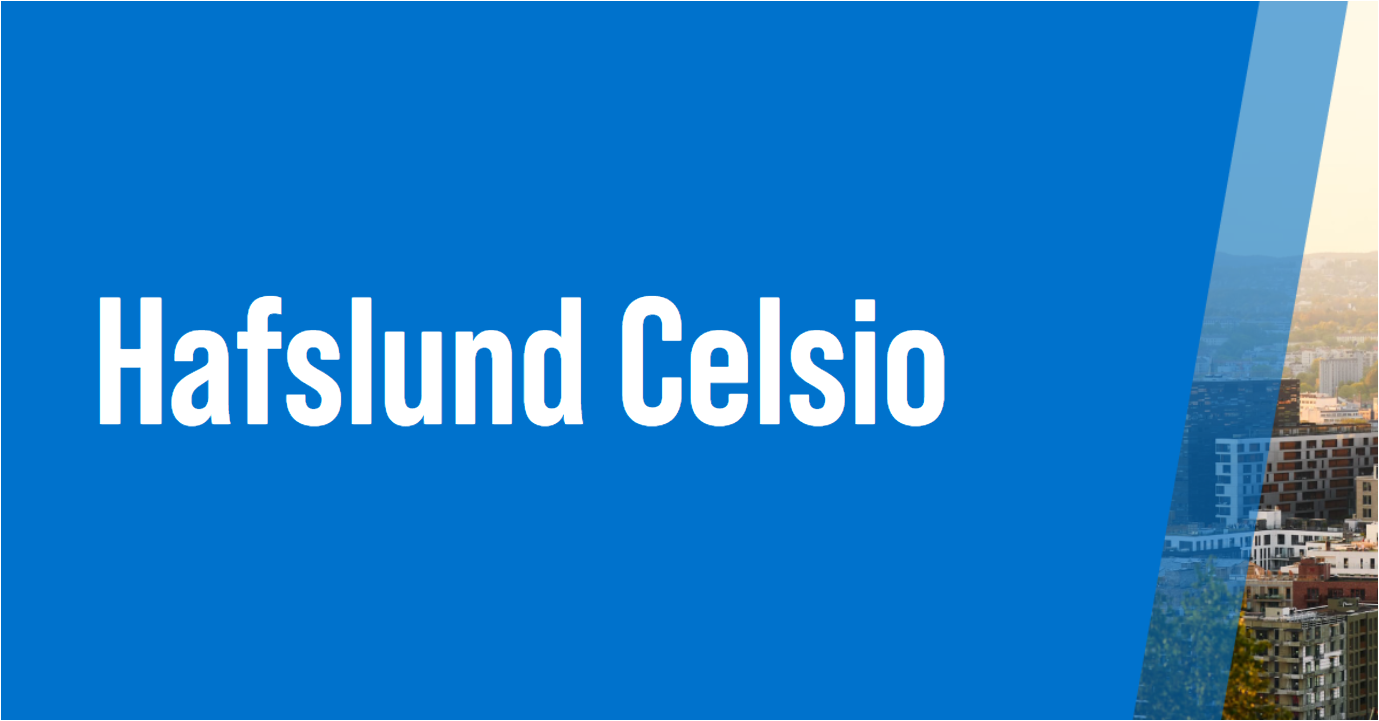Enterprise Asset Management
Improve operational efficiency with a single source of truth across your enterprise asset information. Quickly find relevant information from multiple systems, automate time-consuming manual processes and bring transparency to your asset management. Build a knowledge base across your data.


Challenges: Asset information, documents, and activities are in multiple systems
As your business grows, assets accumulate. Whether you are talking about production infrastructure, intellectual property, or installed base at customers, all enterprise assets need management for maximized value. This is hard without a dedicated enterprise asset management system since asset information gets created by multiple stakeholders.
Enterprise Asset Management
Optimize Operations with Smart Enterprise Asset Management
To succeed, organizations need a client information management strategy that boosts employee productivity, simplified finding information, and aligns company workflows. Download the brochure to discover a winning games plan for your organization.

Solution: An integrated view across enterprise assets and processes
A dedicated enterprise asset information (EAM) solution integrates across enterprise systems to build a holistic view across the assets, their lifecycles, documentation, and performed asset management activities. It helps automate end-to-end workflows spanning across systems and related documentation, facilitates capturing and reusing knowledge, and enables new possibilities for AI-driven insights.

Solutions for Your Industry

Optimize asset utilization in oil & gas
Managing the vast number and types of assets in the Oil & Gas business really challenges cross-departmental collaboration. Anything from land leases to oil wells and pipelines and from construction, transport, and geological research equipment are assets whose utilization and performance needs to be optimized. While the details of many of these assets reside in specialized systems such as GIS or CAD, a holistic asset information management system helps connect relevant details across systems and drives the end-to-end execution of operations across departments.
Accumulating intellectual property in consulting
The competitive edge of any consulting firm comes from the combined knowledge of their employees and their ability to leverage that knowledge in solving customers' problems. Part of this knowledge gets codified into written form in every customer engagement and every internal research project. This knowledge can be turned into an enterprise asset, an accumulating intellectual capital bank, by classifying and curating it for re-use. This process can be embedded into daily project work via automated workflows and can be greatly boosted with generative AI.

Customer Case Studies
More than 5,000 companies rely on M-Files to manage their documents every day.

eQ
- eQ Asset Management Ltd adopted M-Files in 2019 to manage documents for over 200 properties.
- M-Files platform improved document storage, version control, and accessibility.
- The result was enhanced efficiency, automated workflows with up-to-date information, and dynamic reporting.

Hafslund Celsio
- Hafslund Celsio, Norway's largest district heating supplier, migrated over 1,000,000 documents to M-Files.
- M-Files' integration with existing systems enhance compliance, data security, and collaboration.
- The result was reduced risk of non-compliance, streamlined document tasks, and higher efficiency.

Federal Realty
- Federal Realty adopted M-Files to managed to manage documents for 105 properties and 3,300 leases.
- M-Files' integration with Salesforce and other systems improved document accessibility
- Enhanced lease management, faster document retrieval, and improved collaboration resulted.





